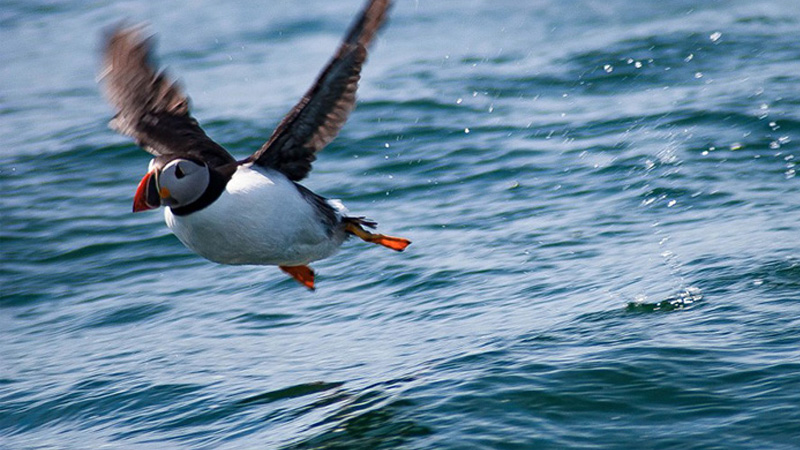By: Abigail Muscat Arriving at the dock in Bremen, ME, I couldn’t contain my excitement. Thinking about the fact that I was about to spend a week on an island in Muscongus Bay looking at birds as part of the Coastal Maine Bird Studies for Teens Camp — it was a dream come true. I
Fly By
Groups of wading birds seem to float in the warm air as their streamlined forms are bathed in the light of the setting sun. They keep their long necks tucked and shear the wind with their sharp bills. Soon they will settle in the marshy pondscape of Stratton Island, where they form rookeries throughout the
Feathers That Don’t Molt
Found in birds such as pigeons and herons, powder down feathers are never molted. Instead, they grow continuously but disintegrate at the tips into something like a fine talcum powder. The powder permeates the other feathers, presumably to provide waterproofing, although the exact function is not well understood. This immature black crowned night heron is
Why Do Migratory Birds Fly In A V-Formation?
The linear flight formations of migratory birds are called echelons. V and the J patterns are very recognizable, though other variations also occur. Birds fly in formation for two basic reasons. One is that the following birds conserve energy by taking advantage of the “upwash” created by the wings of the birds in front, allowing
Immature Herons
A group of immature herons loiter on one of the many ledges off the Maine coast. Unused to foraging for themselves and being away from their nests, they experience the aimlessness of youth. Photo Courtesy of Sue Schubel




